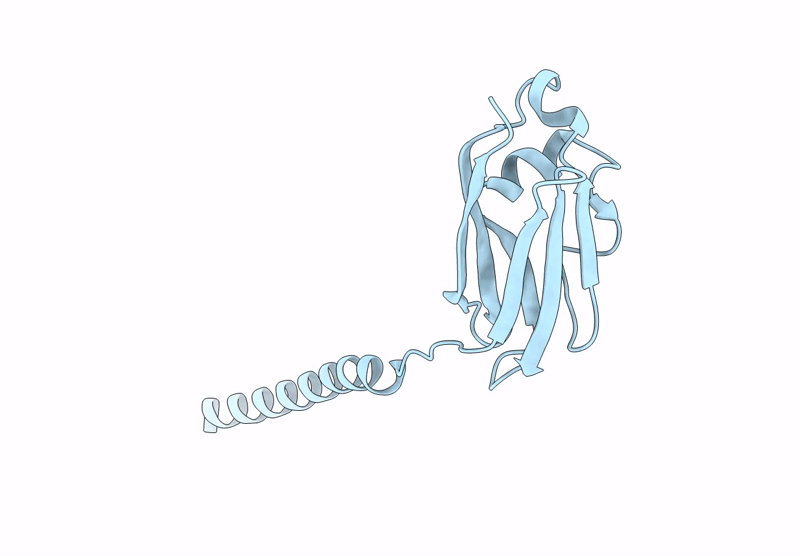
Deposition Date
2025-01-21
Release Date
2025-11-26
Last Version Date
2025-11-26
Entry Detail
PDB ID:
9MYG
Keywords:
Title:
Cryo-EM structure of Natrinema sp. J7-2 Type IV pilus, PilA1
Biological Source:
Source Organism:
Natrinema sp. J7-2 (Taxon ID: 406552)
Host Organism:
Method Details:
Experimental Method:
Resolution:
3.80 Å
Aggregation State:
FILAMENT
Reconstruction Method:
HELICAL


